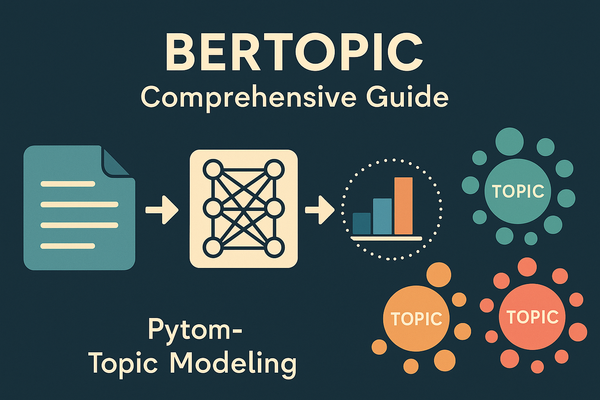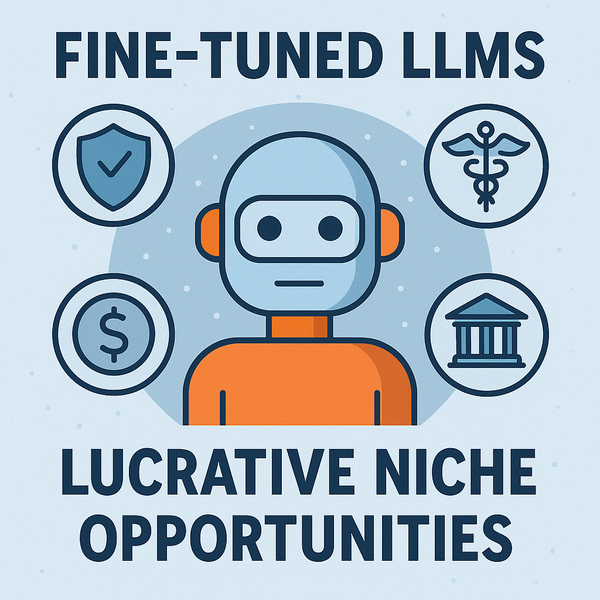Instructiong fine-tuning code LLMs - An overview
In the ever-evolving landscape of software development, the quest for enhancing the coding capabilities of large language models (LLMs) has led to innovative methodologies for fine-tuning these models.

In the ever-evolving landscape of software development, the quest for enhancing the coding capabilities of large language models (LLMs) has led to innovative methodologies for fine-tuning these models.
A particularly fascinating instance of such innovation is the project hosted at GitHub - minosvasilias/godot-dodo, which focuses on tailoring LLMs, like LLAMA2 7b, to augment their proficiency in coding, especially in programming languages that do not enjoy widespread popularity.
The motivation behind this project stems from a recognized disparity in the coding efficiency of existing LLMs, such as GPT-4. While these models exhibit remarkable coding abilities in mainstream programming languages like Python and JavaScript, their performance significantly dwindles when dealing with less common languages.
This is primarily due to the underrepresentation of these languages in the training datasets, leading to frequent syntactical errors and the generation of non-existent language features.
The godot-dodo project on GitHub proposes an intriguing approach to address this issue by specializing in the generation of GDScript, a less commonly used programming language.
The method involves a meticulous process starting with the identification of public GitHub repositories licensed under MIT, dedicated to a specific programming language, such as COBOL or any other non-mainstream language. The subsequent step entails extracting functions and methods from the located code, which are essentially closed code blocks, and then utilizing GPT-3.5 or GPT-4 to generate descriptive instructions for these code blocks.
The process is designed to enhance the model's understanding and generation capabilities in the target language.
A notable aspect of this methodology is its instruction prompt, meticulously crafted to elicit detailed and comprehensible descriptions of code blocks from the LLM. This prompt instructs the LLM to act as a coding assistant specialized in GDScript, tasked with providing clear and detailed instructions for an existing function, aimed at fellow programmers. The output is a concise instruction that encapsulates the essence of the code block without regurgitating the code itself.

This approach generates a rich dataset comprising thousands of rows, each pairing a code block with its corresponding descriptive instruction.

This technique, inspired by the "Stanford Alpaca" method, has become a benchmark in supervised fine-tuning (SFT) or Instruction fine-tuning. It represents a significant step forward in the customization of LLMs to cater to specific programming languages or coding styles.
Several platforms, including Predibase, Together.ai, and Huggingface, offer services for fine-tuning base LLMs like LLAMA2 and Mistral. Users can upload their datasets, select a base model, and specify the duration of the fine-tuning process, measured in epochs, to enhance the model's familiarity with the dataset.
A critical component of this process involves Human-in-the-Loop (HITL) intervention to curate the generated dataset.
Given that the code blocks are sourced from GitHub repositories, which may contain bugs or untested code, the HITL team plays a pivotal role.
They develop unit tests for the code, refactor it to adhere to coding standards, and optimize it for better performance. Additionally, they refine the text instructions generated by the LLM to bridge any quality gaps, ensuring the fine-tuned model's outputs are both accurate and reliable.
Despite these advancements, the advent of Gemini 1.5, with its 1M tokens context window, hints at a paradigm shift in the way LLMs interact with extensive codebases. Early adopters have reported remarkable results by feeding entire codebases into the model, suggesting that the methods currently in use for fine-tuning may soon become obsolete in the face of such technological leaps.
This exploration into fine-tuning LLMs for enhanced coding in specific programming languages not only underscores the potential for personalized artificial intelligence solutions but also highlights the dynamic interplay between human oversight and machine learning, paving the way for more sophisticated and tailored AI-driven coding assistants.



